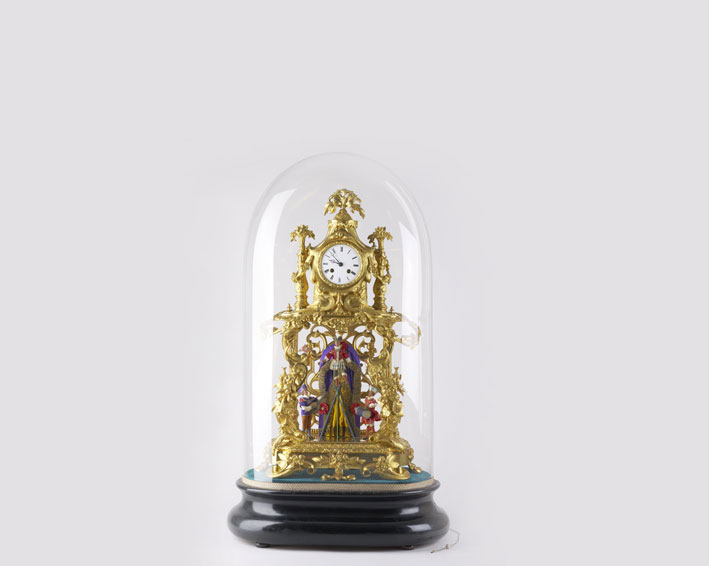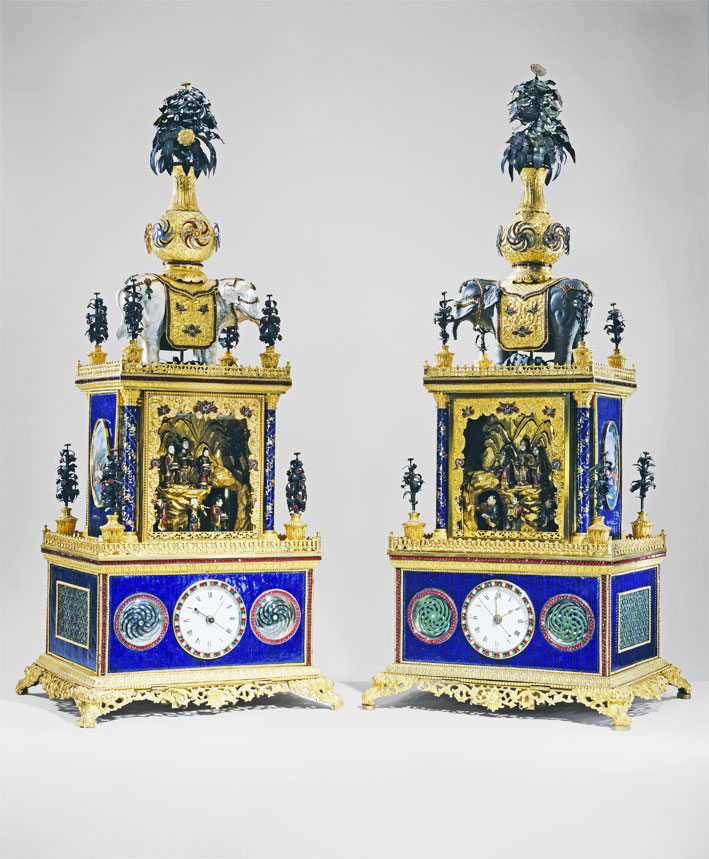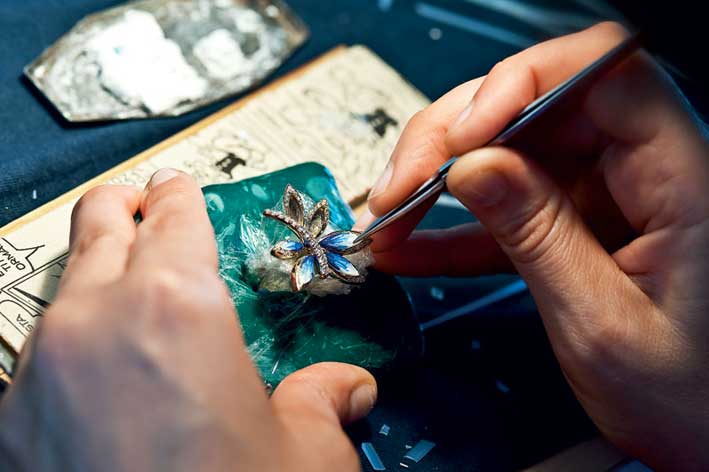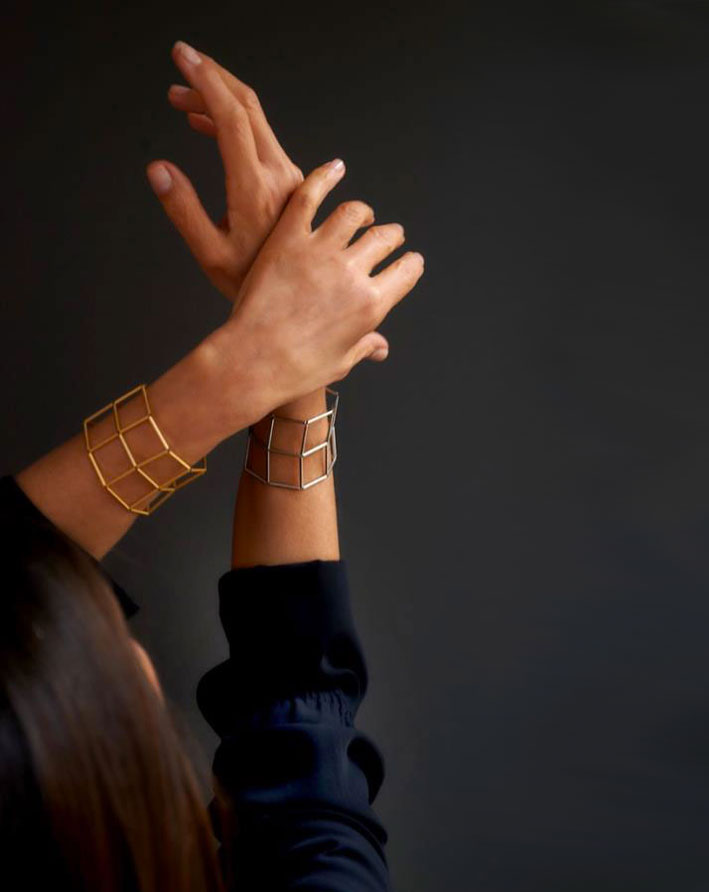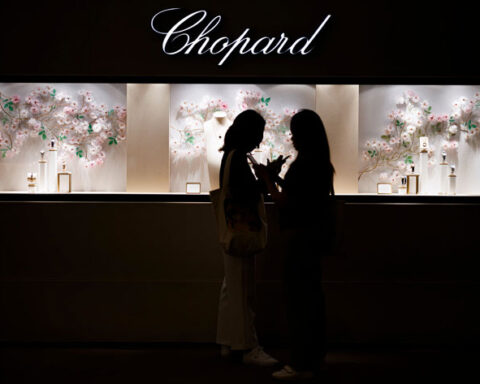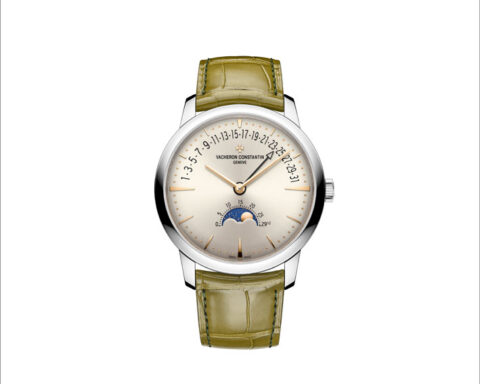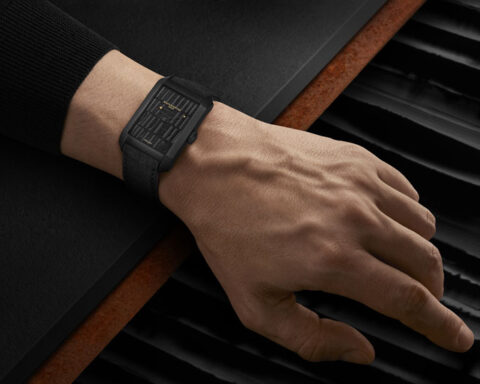Geneva, the capital of watchmaking and one of the major centers of fine jewelry. Two aspects that the next edition of GemGèneve (Palaexpo, 11-14 May 2023) has decided to enhance. The event dedicated to vintage jewellery, design and gems returns to combine an exhibition inside the exhibition pavilion. For the new edition, GemGenève and the Geneva Art and History Museum (Mah), one of the largest in Switzerland, are organizing an exhibition centered on the mechanisms of automatons, art objects and music, with pieces from its collections. The Mah has been active since the 18th century. And, for the occasion, it brings 25 small and medium-sized works, as well as works created at the end of the 19th century, supplied by the International Watchmaking Museum of La Chaux-de-Fonds, by François Junod, Swiss sculptor and automaton maker, and by the exhibitors of GemGenève.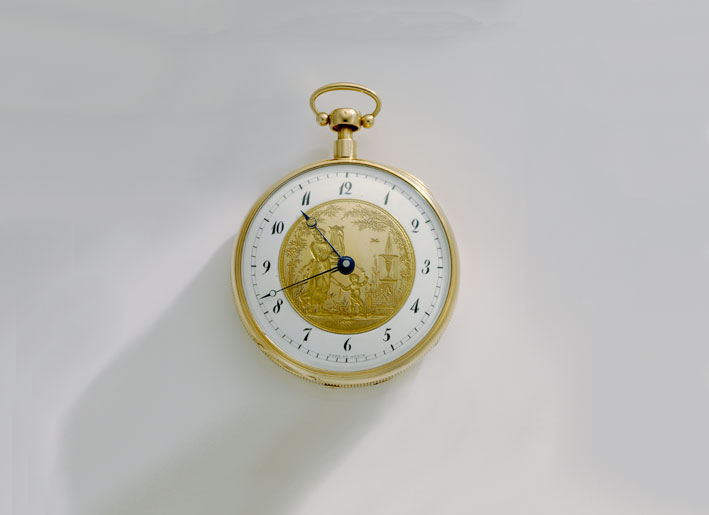
Watchmaking has been practiced in Geneva since the 16th century, associated with the development of vast commercial networks and linking converging technological innovations. The variety of objects kept in this section highlights the mechanisms of watches and the inventions derived from art mechanics with gears, music boxes and automatons: the latter are particularly complex, as they combine technical and historical aspects, up to philosophy and even to magic. Sounds produced by technique and simulated gestures performed mechanically have been surprising marriages between craftsmanship and technique of the past.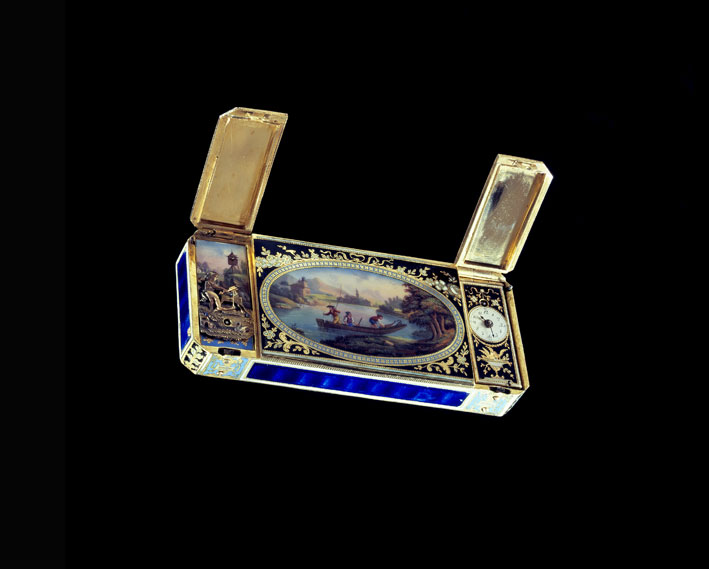
These clocks, most of which include a musical mechanism, reached their peak of popularity around 1840. The same passion can be found in the mantel clocks, which transform into real shows, with music boxes and singing birds: the creations are inspired by everyday life, rural scenes or the circus world. Music often accompanies the shows: simple music boxes, which can play one or more melodies, are commissioned from specialized craftsmen and integrated into watch cases.
The principle of the carillon was invented in 1796 by the Genevan watchmaker Antoine Favre. He had the idea of replacing the complex mechanism of bell stamps and hammers, used for clocks and snuffboxes, with steel blades that vibrate when struck by pins arranged on a cylinder.